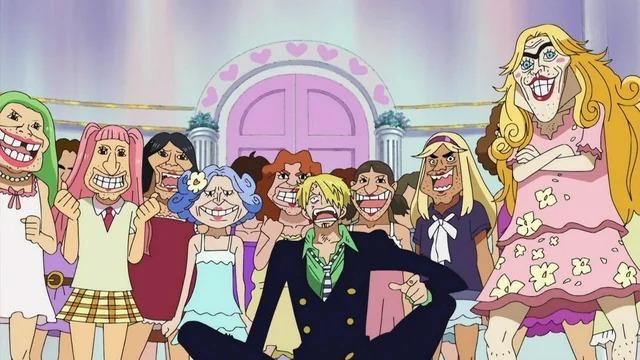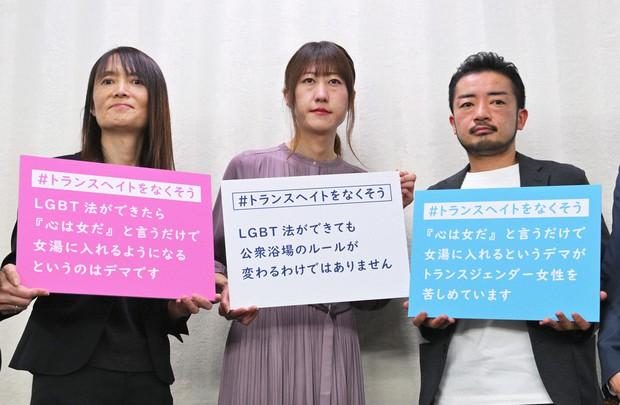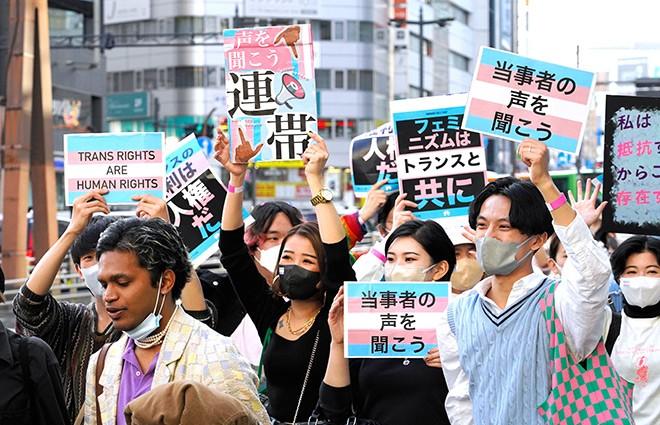The LGBTQ+ Community Raises Concerns Over Trans Representation in Anime
Anime, a cornerstone of global pop culture, has long been celebrated for its vibrant storytelling, diverse characters, and boundary-pushing narratives. From the fantastical worlds of Studio Ghibli to the action-packed arcs of Shonen Jump, Japanese animation has captivated audiences worldwide. However, beneath its colorful surface, a growing conversation within the LGBTQ+ community has spotlighted a troubling issue: the depiction of transgender characters in anime and manga. Many fans and activists argue that these portrayals often lean on harmful stereotypes, perpetuating transphobia in ways that clash with the medium’s progressive potential. This article delves into the concerns raised by the LGBTQ+ community, explores specific examples, and examines the cultural context shaping these depictions, all while considering whether Japanese media can evolve to meet modern expectations.

The debate over trans representation in anime is not new, but it has gained traction in recent years as global awareness of transgender issues grows. Social media platforms, particularly Reddit and X, have become hubs for discussions where fans express frustration over characters they perceive as caricatures. One term that frequently surfaces in these conversations is “trap,” a slang word used in anime communities to describe characters who present as one gender but are revealed to be another, often for comedic effect. TransActual UK, an organization advocating for transgender rights, explains that the term originates from the Japanese phrase “otokonoko,” meaning “male daughter,” but its English translation as “trap” carries a transphobic stigma. They argue, “The connotations of describing a transgender person as a ‘trap’ are significant… it gives the impression that we are merely presenting ourselves as a different gender to ‘trap’ people, most often for sexual purposes.” This framing, they note, undermines the lived experiences of transgender individuals and reinforces harmful stereotypes.
Specific anime examples fuel this critique. In the popular series Fairy Tail, a filler episode (128) features characters described by Reddit user u/lolimabecool as “transphobic stereotypes” who use feminine pronouns but are depicted as exaggeratedly masculine, insulting other characters for their appearance. The user laments, “It’s all the negative stereotypes at once, and it’s so disappointing to see one more of my favorite animes just casually include transphobia for no reason.” Similarly, the film Tokyo Godfathers, often praised for its empathetic portrayal of marginalized groups, has drawn criticism for its handling of Hana, a transgender woman. A Reddit post by u/lolimabecool notes, “The constant transphobia [in Tokyo Godfathers] was itching me the wrong way, especially as a trans woman.” While some defend the film for portraying Hana sympathetically, others argue that the casual transphobic remarks directed at her reflect a dated understanding of gender identity.

These examples highlight a broader pattern where transgender characters are often reduced to punchlines or defined by their physical appearance rather than their inner lives. In My Hero Academia, the character Tiger, a trans woman, is presented with a masculine appearance and misgendered by others, which some fans, like those on r/asktransgender, see as a mixed attempt at representation. One user notes, “It was good in the fact that being a woman is not defined by one’s appearance, but also the fact that society refuses to see us as the gender we are unless we conform to stereotypes.” This duality—progressive intent marred by problematic execution—underscores the complexity of the issue.
Cultural context plays a significant role in these portrayals. Japan’s relationship with gender and sexuality differs from Western norms, shaped by historical and social factors. Yale University professor Karen Nakamura points out that Japanese transgender activists often frame their identity as a “gender identity disability” to gain legal protections, a strategy rooted in Japan’s strong societal protections for disabled individuals. This approach, Nakamura explains, allows transgender people to navigate a society where explicit LGBTQ+ rights remain limited. Same-sex marriage is not nationally recognized, and transgender individuals face stringent requirements, such as forced sterilization for legal gender changes, as highlighted by activist USUI Takakito’s 2019 Supreme Court case. These societal constraints influence media, where creators may explore gender fluidity but often within the confines of humor or stereotype, reflecting broader cultural attitudes.

Despite these challenges, anime has also produced moments of meaningful representation. The 1980s manga Stop!! Hibari-Kun! features Hibari, a confident trans woman who defies transphobic characters with her charisma. Anime Feminist praises her as “one of the best representations of a trans woman in media,” noting that she is never the butt of the joke, even if the manga includes problematic elements like racial caricatures. More recently, characters like Yamato in One Piece, who identifies as male and is called “son” by his father, Kaido, have sparked debate. Reddit user u/Fair_Smoke4710 argues, “Yamato is explicitly trans… he has a chosen name, doesn’t think of himself as a woman, and just everything.” Yet, some fans resist this interpretation, citing ambiguous translations or cultural differences, illustrating the divide in how audiences perceive these characters.
The anime community itself is another point of contention. Many transgender fans describe it as a “toxic dumpster pit,” with Reddit user u/ryannefromTX lamenting the casual transphobia they encounter online. The 2020 r/Animemes controversy, where moderators banned the word “trap” only to face backlash from users claiming censorship, exemplifies this tension. One user recalls, “The whole userbase went all ‘this is 1984 now’ or some shit, and the mod had to apologize for not wanting people to be called slurs.” This resistance to change within fan spaces amplifies the harm of problematic portrayals, making it harder for transgender fans to feel safe.
On the flip side, some argue that anime’s exploration of gender, even if flawed, offers unique opportunities for self-discovery. Reddit user u/UnavailableUsername_ praises manga like Yuureitou for its realistic portrayal of a trans man, noting, “His gender identity is an important part of his character… but it’s not all that defines him.” Others point to series like Ranma ½, where the protagonist’s gender-switching is treated with increasing acceptance, as a metaphor for gender fluidity. These examples suggest that anime can resonate with transgender audiences when creators prioritize empathy over sensationalism.

So, why does this matter? For many in the LGBTQ+ community, anime is more than entertainment—it’s a cultural touchstone that shapes identity and community. When trans characters are reduced to stereotypes, it risks alienating fans who see themselves in the medium. Yet, the presence of characters like Hibari, Yamato, or Aoi Futaba from You’re Under Arrest, who is respected as a woman by her peers, shows anime’s potential to challenge norms. The question is whether creators and fans can move beyond outdated tropes to embrace more nuanced portrayals.
As the global anime fanbase grows, so does the demand for inclusivity. Japanese creators, influenced by international audiences, are beginning to respond. The Wano arc in One Piece, for instance, features Kikunojo, a transfeminine character depicted with respect, suggesting a shift toward sensitivity. Meanwhile, fans continue to advocate for change, using platforms like X to amplify their voices. The path forward lies in dialogue—between creators, fans, and activists—to ensure anime reflects the diversity of its audience. By confronting transphobia head-on, the industry can honor its legacy of innovation while fostering a more inclusive future.





